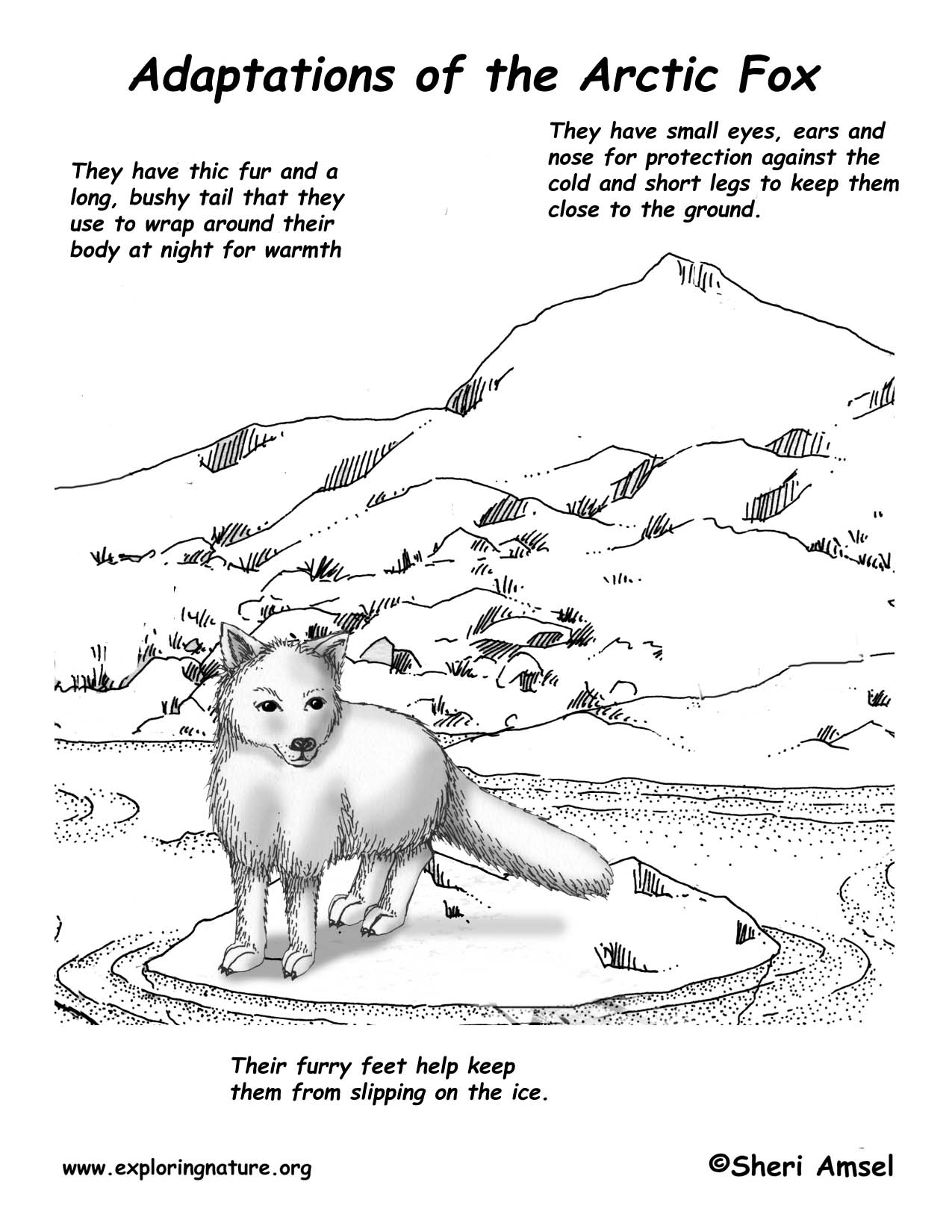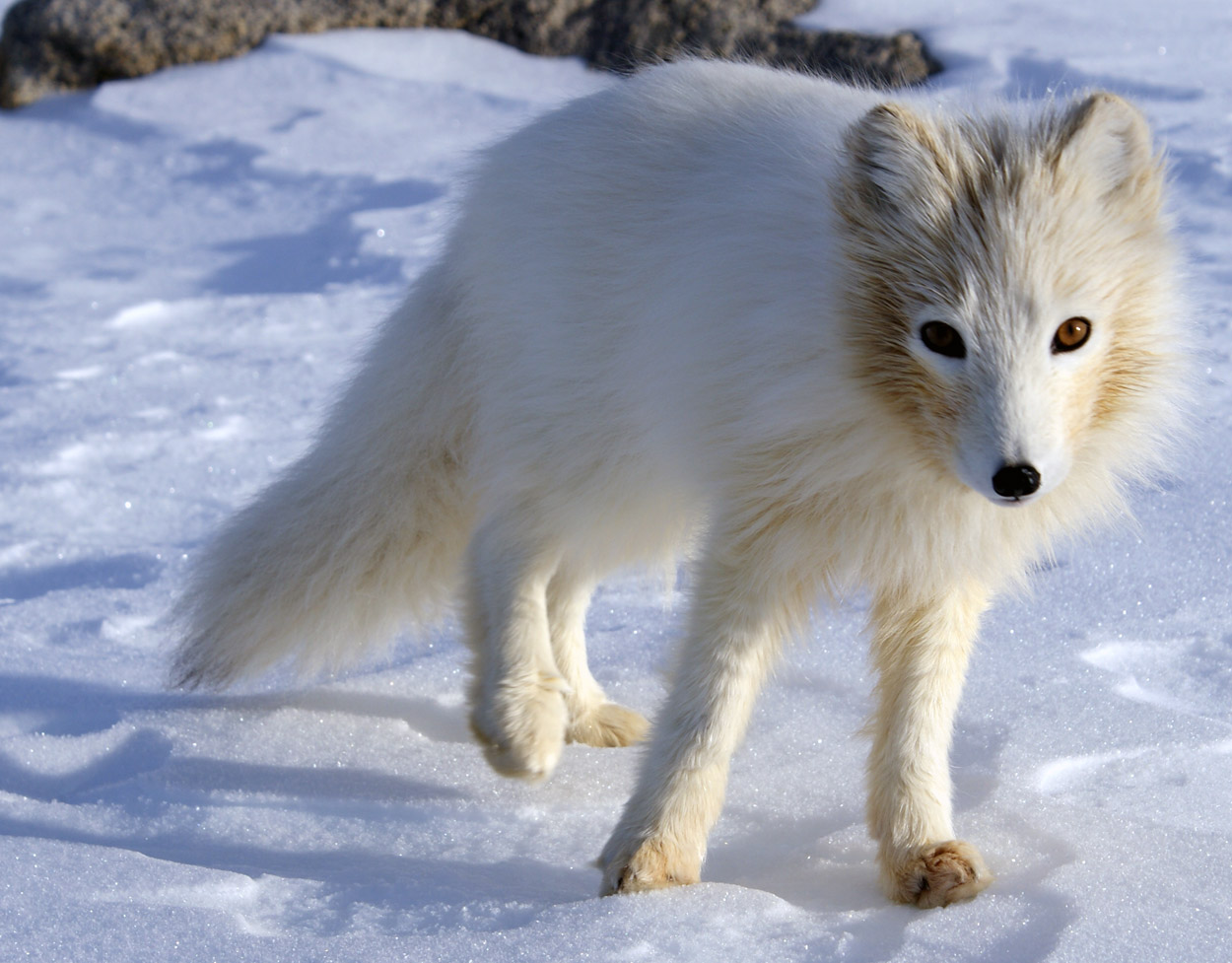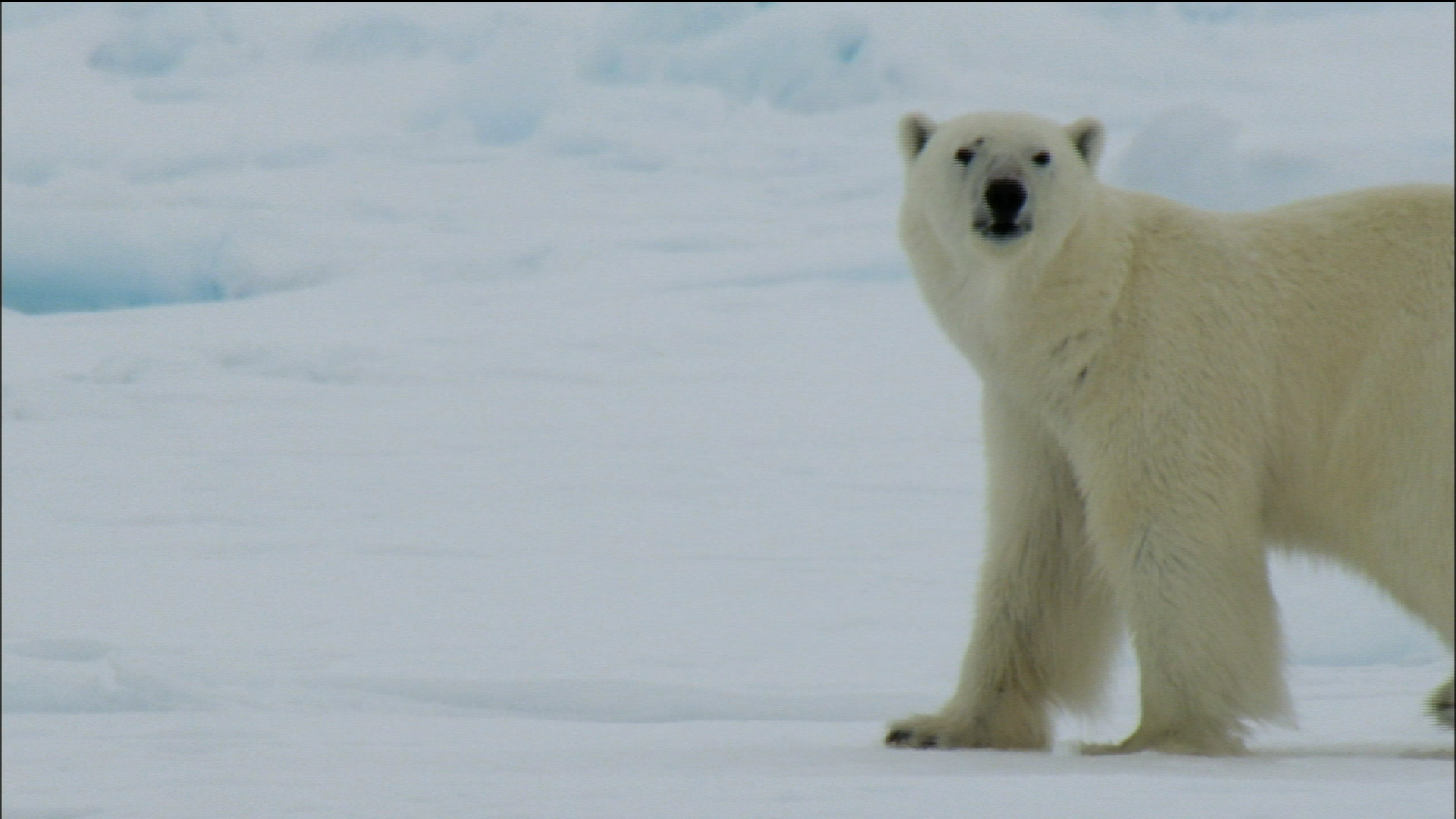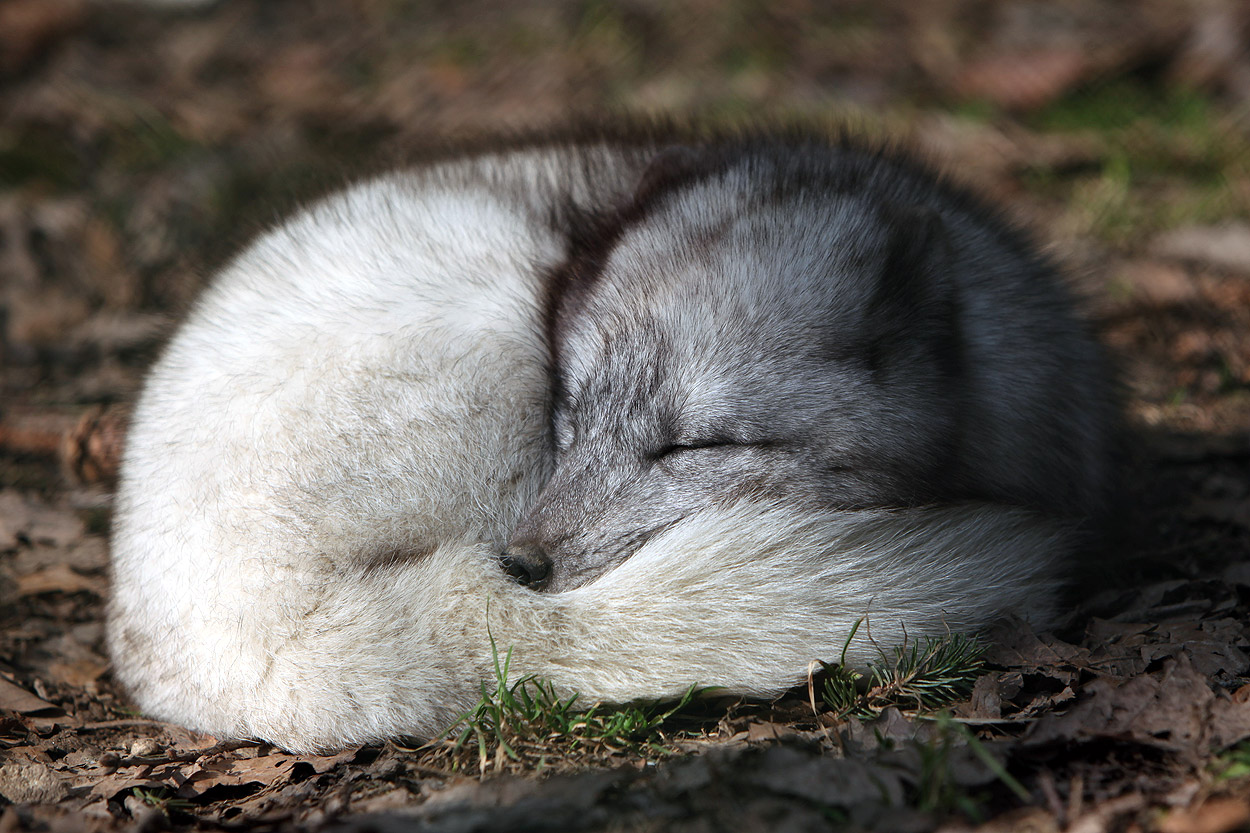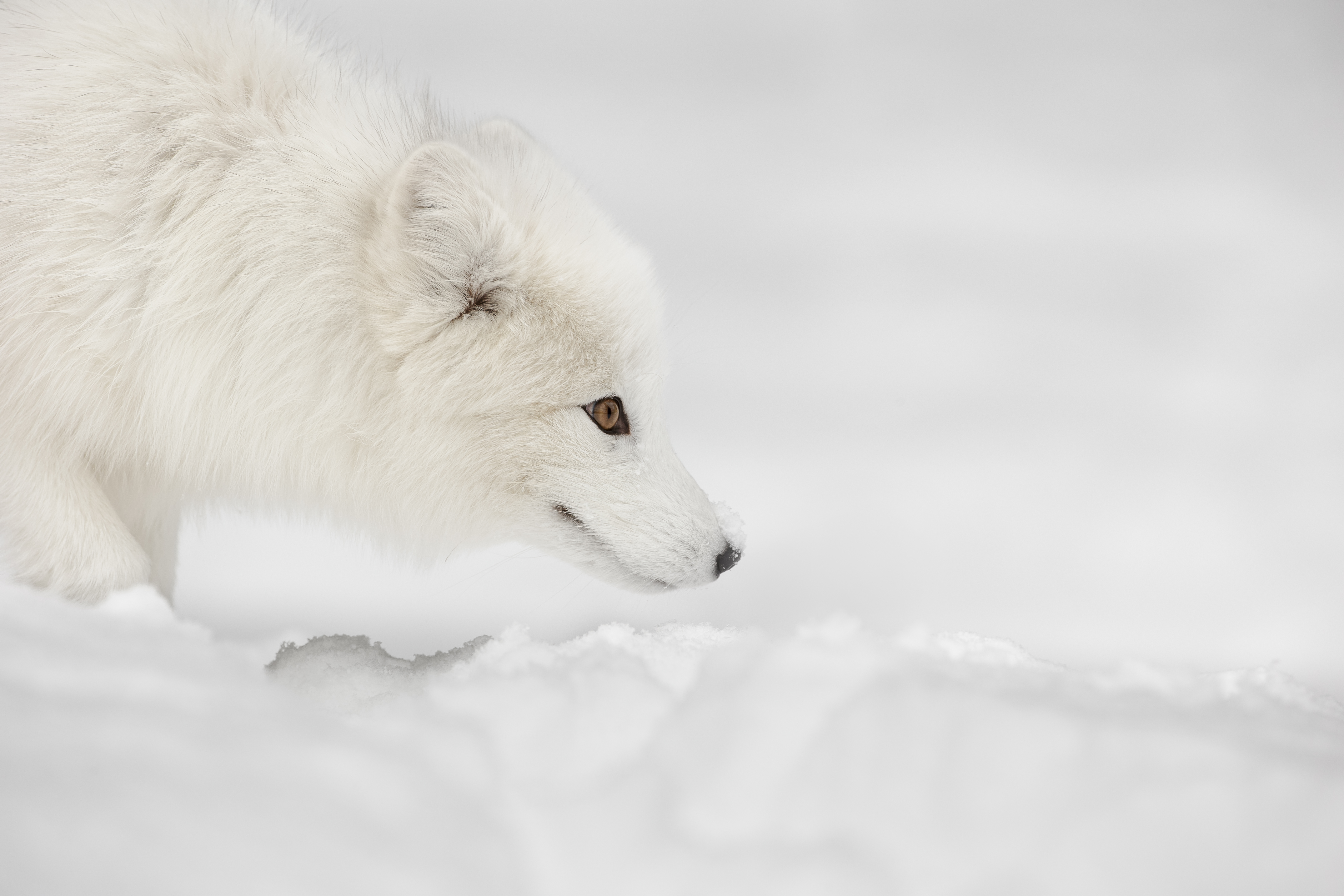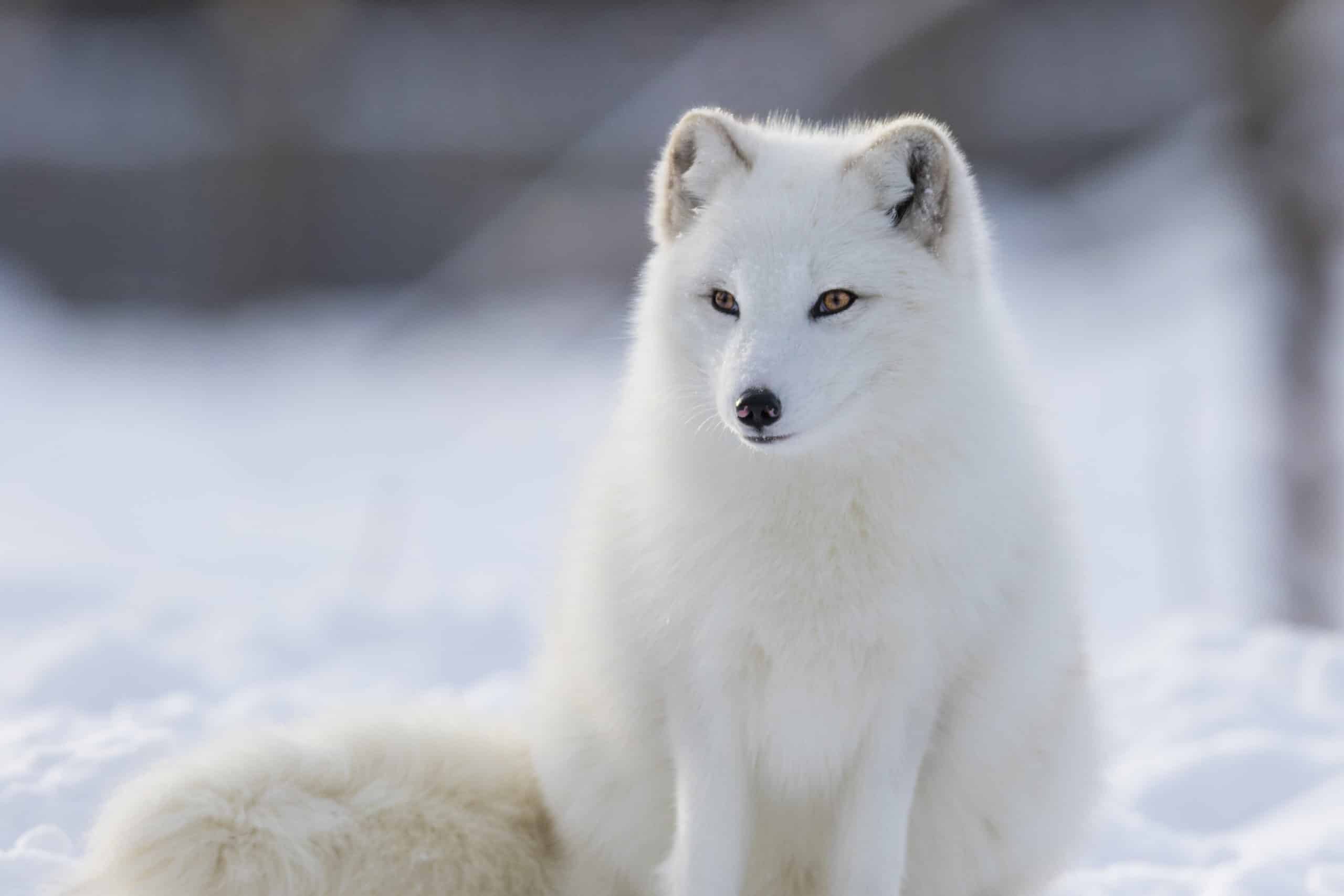Arctic Animals Adaptations Ks2

Not far from the North Pole the world is frozen for thousands of miles.
Arctic animals adaptations ks2. Adaptations Experiment Polar bear Animal adaptations. By I can Teach My Child. During this time the ocean is full of tiny plants and animals called plankton.
Habitats and the environment. Ask them to research a specific Arctic animal native to the Beaufort Sea and surrounding arctic regions and the ways in which the animal has adapted. Suitable for teaching science at KS2 KS3 and 2nd3rd Level.
But warm fur alone might not keep this fox alive during the polar winter when temperatures rarely. You probably know that it is a very cold icy place hom. The sky is mostly cloudy over the arctic ocean.
In winter when more of the ocean freezes over and thick snow covers the land animals and plants have adapted to keep warm and survive. Many of the animals and plants that live in the Arctic have special adaptations to allow them to survive in the harsh environment. Artic foxes eat a wide range of other small animals including arctic hares birds and bird eggs rodents fish and seals.
Mimicry Experiment by Teach From The Heart 4. Tes classic free licence. You can find out about the animals and plants of the Arctic further down the page.
The Arctic summer has daylight 24 hours a day. Walruses and humpback whales live in the Arctic ocean. In this resource pupils can investigate the insulating properties of materials and design suitable clothing for polar explorers and also consider how the adaptations of Arctic.
